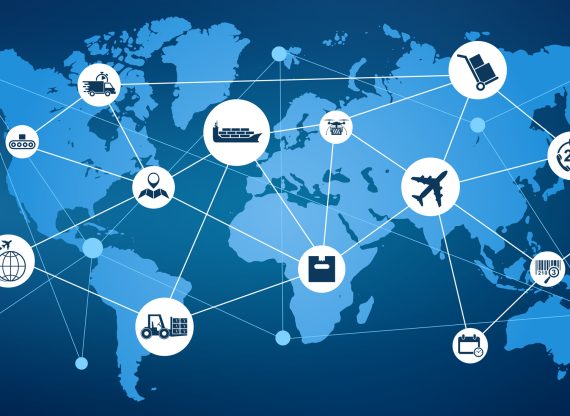Election 2021 – Free Trade in Canada: An Inclusive Growth Policy

An overwhelming majority of economists agree that international free trade grows businesses and creates good-paying jobs. Indeed, Canada’s 14 free trade agreements with 51 countries[1] contribute substantially to the country’s GDP. With the September federal election just weeks away, maintaining and nurturing international free trade should be an important plank in every party platform.
Yet while these international and interregional trade agreements have removed barriers between countries, barriers within Canada have, over time, tended to be raised or maintained.[2] These barriers to interprovincial trade are harmful to Canadians in a number of ways, undermining both wealth and productivity. It has been estimated that eliminating them would result in a real GDP per capita increase of 3.8% nationally.[3] Based on a 2018 Canadian GDP of just over $60,000 per capita,[4] this would result in an increase of almost $2,300[5] per person on average.
Provinces and territories are not equal, though, in terms of the hindrance that trade barriers represent to their productivity and wealth. As it happens, poorer provinces would benefit most from interprovincial free trade, thus reducing inequalities between the provinces. Indeed, Prince Edward Island would stand to gain over $7,700 per capita,[6] and Newfoundland and Labrador over $8,200.[7]
The potential gains could make an enormous difference in our post-COVID economic recovery, especially with a federal debt of over one trillion dollars. Eliminating barriers to interprovincial trade is a unique opportunity to embrace a policy of inclusive economic growth for all of Canada. While it’s obviously not all up to the federal government, this is an issue voters should be paying attention to in this fall’s election.
Notes
1. Global Affairs Canada, Canada’s State of Trade 2019, 2019, p. 3.
2. Olivier Rancourt, Krystle Wittevrongel, and Miguel Ouellette, Internal Trade Provincial Leadership Index – 2021 Edition, MEI Research Paper, March 2021, p. 7.
3. Jorge Alvarez, Ivo Krznar, and Trevor Tombe, Internal Trade in Canada: Case for Liberalization, IMF Working Paper, July 2019, p. 24.
4. $60,206, author’s calculations.
5. $2,287.83 based on a 3.8% GDP per capita increase on Canada’s 2018 GDP per capita, author’s calculations.
6. $7,710.21 based on a 16.8% GDP per capita increase on PEI’s 2018 GDP per capita, author’s calculations.
7. $8,274.42 based on a 12.8% GDP per capita increase on Newfoundland and Labrador’s 2018 GDP per capita, author’s calculations.

